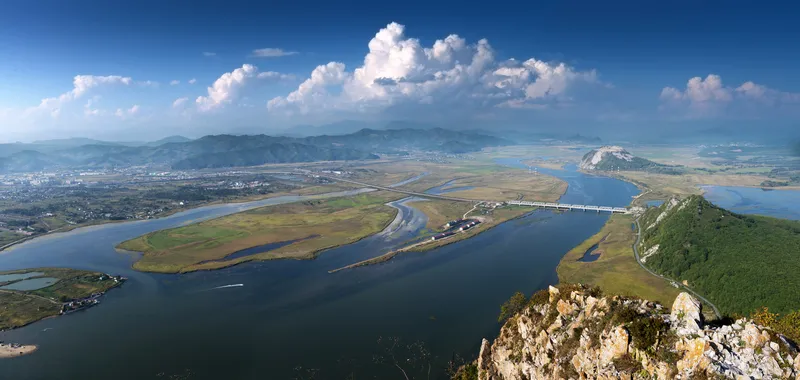Poland’s General Directorate for National Roads and Motorways (GDDKiA) says that the country has suffered some €195 million worth of road damage due to recent flooding. The problem is expected to grow once the cost of damage to further roads in the north of the country can be ascertained. The damage includes links under construction at present.
May 30, 2012
Read time: 1 min
Poland’s General Directorate for National Roads and Motorways (1361 GDDKiA) says that the country has suffered some €195 million worth of road damage due to recent flooding. The problem is expected to grow once the cost of damage to further roads in the north of the country can be ascertained. The damage includes links under construction at present.







